by Thita (admin)
on January 25, 2025
We recently talked about the LEGO Icons Gardens of the World series (see links at the end of this post), which so far includes two sets; the #10315 LEGO Icons Tranquil Garden released in 2023, and the #10359 LEGO Icons Fountain Garden released this year. LEGO is now starting another series under LEGO Icons, this time featuring restaurants. The first set in the series is going to be released in March. Details below.
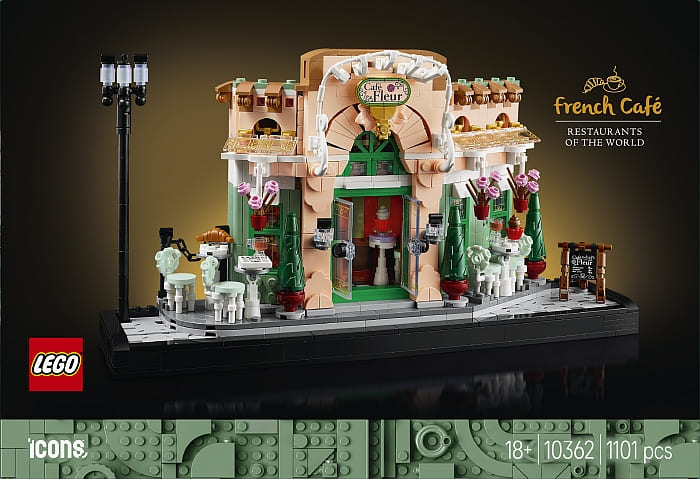
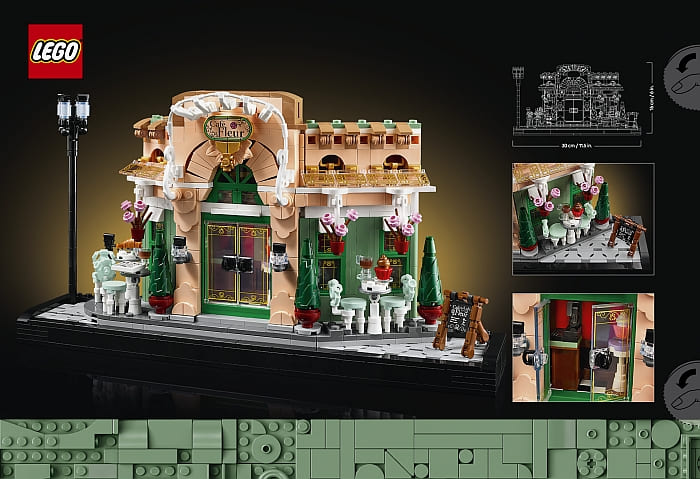
Celebrate French culinary artistry with the #10362 LEGO Icons French Café bookshelf decoration building kit for adults. Packed with intricate details and accessories, such as croissants, cups, a newspaper, and a cash register, this model captures the essence of a classic French bistro. Its slim profile and flat back make it perfect for shelf display.
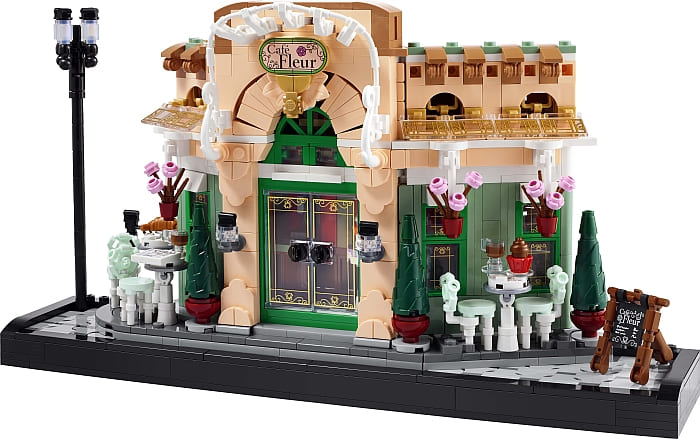
A brick-built sidewalk with a classic streetlight sets the stage for Café Fleur, a classic bistro with a picturesque facade, ornate seating, hanging flowerpots, and double doors that open to reveal a glimpse of a cozy interior with regal wallpaper and dark-wood furnishings. Enjoy a mindful journey as you craft each detail of this captivating tribute to French culinary artistry and tradition.
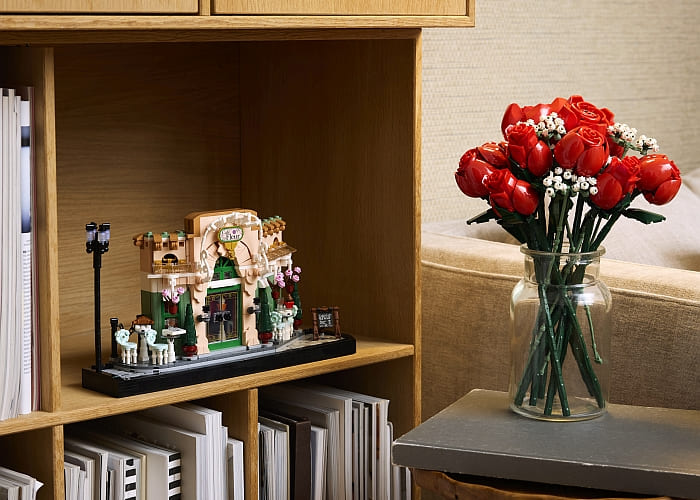
The #10362 LEGO Icons French Café will be available starting March 1st. Prices are as follows: 79.99 USD / 79.99 EUR / 69.99 GBP. For more information and details, visit the LEGO Icons section of the Online LEGO Shop.
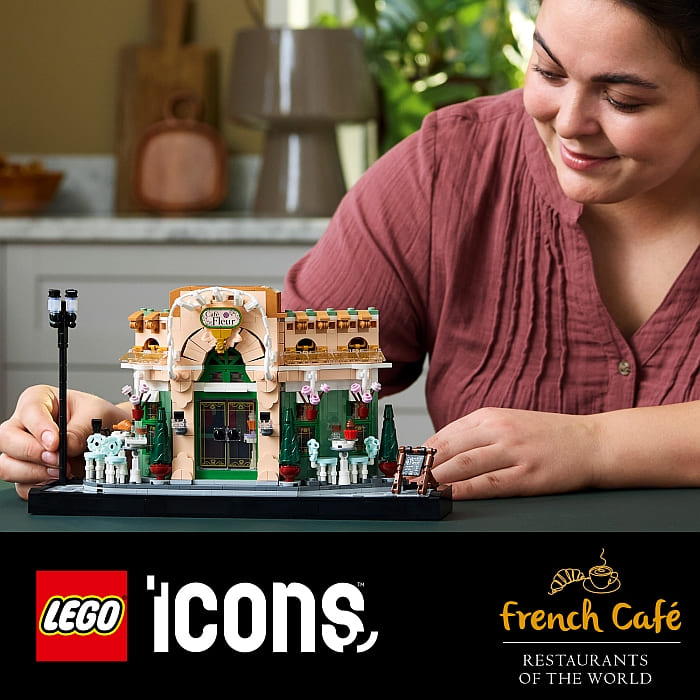
What do you think? How do you like the idea of the LEGO Icons Restaurants of the World series? And what do you think of the French bistro? What other countries and culinary traditions would you like to see featured? Feel free to share and discuss in the comment section below!
And you might also like to check out the following related posts:
{ }
by Thita (admin)
on January 24, 2025
The LEGO Botanical sets must be really popular because LEGO is adding more brick-built flowers to other themes as well.

A cute promotional set we got a couple of years ago was the #40588 LEGO Flowerpot, which seems to have started the trend of smaller potted plants, like the #10329 LEGO Botanical Tiny Plants in 2024, and the LEGO Botanical Four Gentlemen Series in 2024/25. We talked about these sets previously in detail (see links at the end of this post).
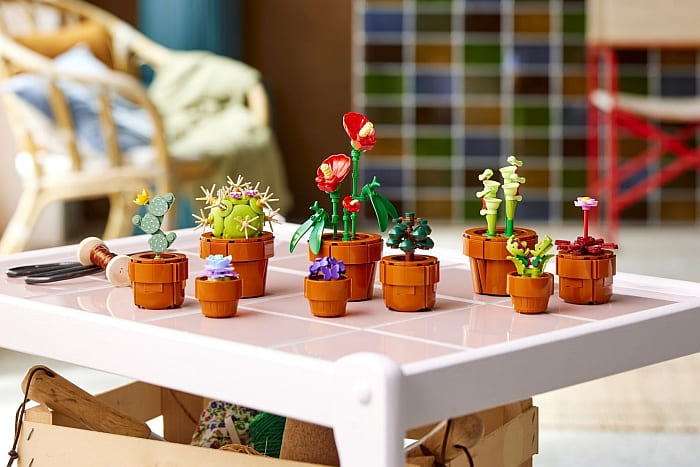

LEGO now also adds brick-built flowers as decorations in other sets. One of my favorites from last year is the #31156 LEGO Creator 3-in-1 Ukulele with three alternate builds, all featuring flowers. A similar set this year is the #31169 LEGO Creator 3-in-1 Typewriter with Flowers, also featuring three alternate builds.
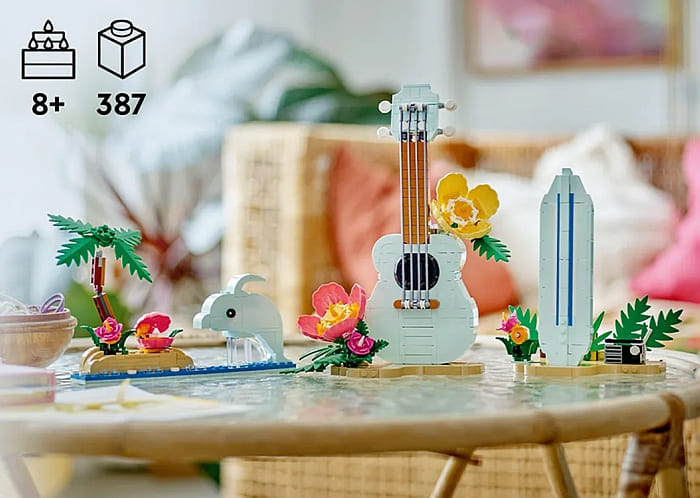
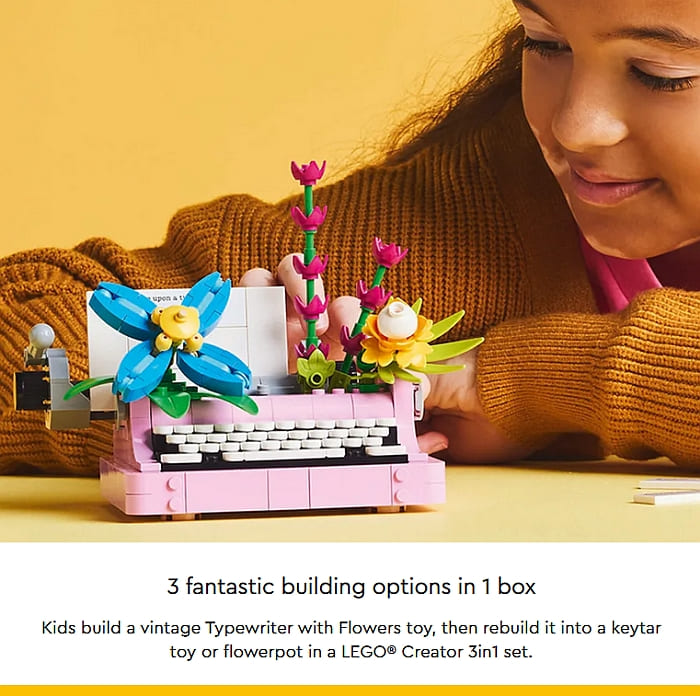

The LEGO Chinese New Year sets are already known for their intricate details and striking colors, and some even include brick-built flowers. The #80110 LEGO Lunar New Year Display from 2023 features a beautiful moutan peony arrangement, and the #80117 LEGO Chinese New Year Good Fortune is decorated with small flower buds and berries in a beautifully printed vase.

Yet another theme that picked up on the flower trend is LEGO Disney. The #43237 LEGO Disney Isabela’s Flowerpot and the #43252 LEGO Disney Moana’s Flowerpot both feature pretty flowers in a flowerpot that opens to reveal a hidden room full of fun movie details. These sets offer a more complex building experience and fun play possibilities for older kids (the recommended age is 9+), and once play is done, they make good display pieces for a room or shelf.
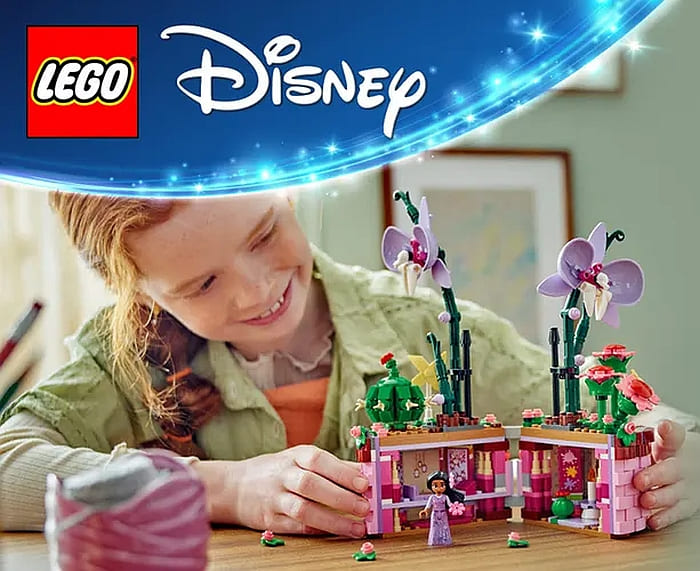
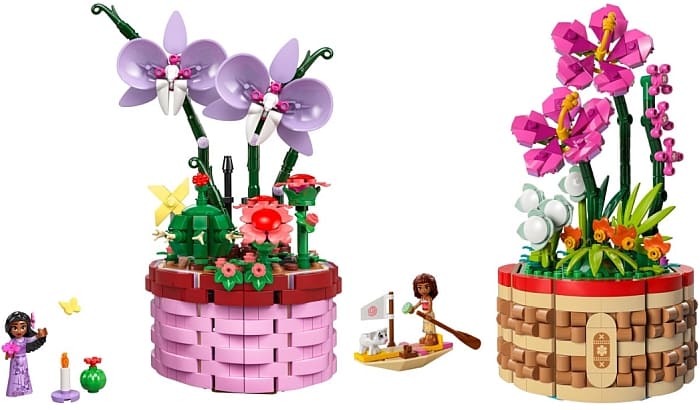
The LEGO Botanical sets mostly appeal to adult builders, but I like this trend of sneaking in flowers into other themes. They add unique pieces and an interesting building experience that everyone would enjoy. And they also add a splash of color and beauty to LEGO displays.
What do you think? How do you like LEGO’s brick-built flowers? Do you have any of the LEGO Botanical sets? What other themes would you like to see incorporate brick-built flowers? Star Wars? Super Heroes? Ninjago? Technic? Feel free to share your thoughts and discuss in the comment section below!
And you might also like to check out the following related posts:
{ }

























